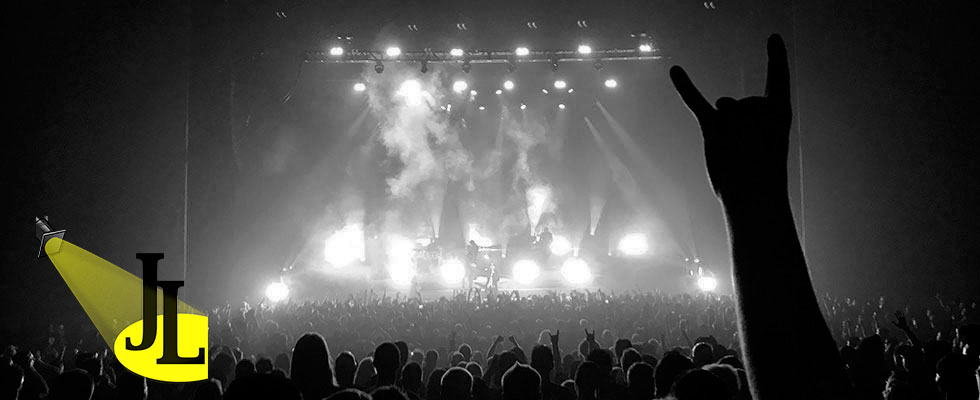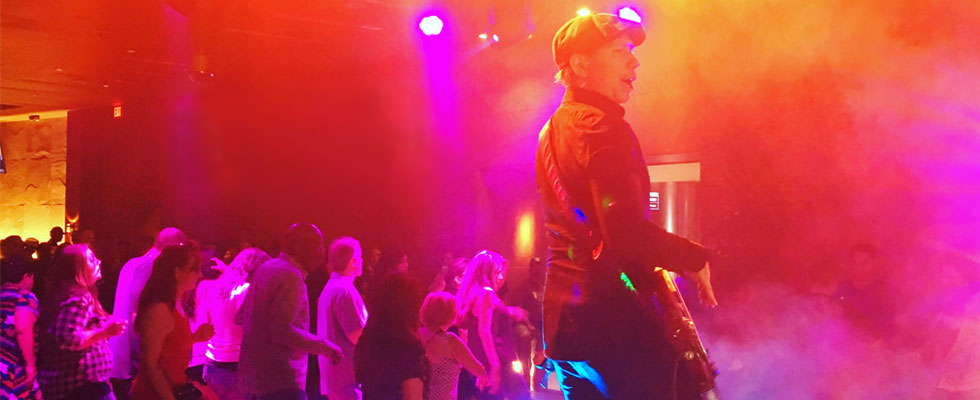Let’s face it. We live in a radically different world where large groups have become targets for people with nefarious intent. As someone who not only works in live entertainment but spends his free time attending countless shows, I keep my head on a swivel around any crowd. I watch for people demonstrating behaviors “outside the norm” such as loaners in places they shouldn’t be, excessive alpha-male behavior, and individuals who look extremely nervous or agitated. Once inside any venue, I seek out escape routes and tell my friends, where to meet, should we get separated if something happens.
One of the things that scare the hell out of me is when I watch ill-prepared operations teams mismanage patrons entering a venue. Here are a few examples I have witnessed in the past twelve months.
- At one venue, patrons were let through security but the doors were not open yet. This led to a bottleneck between the security screening station and the doors. The team continued to push guests into this bottleneck, which led to the scanners misfiring. Rather than pausing the line, security screeners allowed patrons to enter without adequate checks in place.
- At another concert, I walked through the metal detector. It went off and the person just looked at me and waved me through with no additional measures.
- At a third show, I put all of my belongings inside my hat and placed the package in one of the plastic bins. A security guard simply looked down and slid my items through checkout without further analysis.
All of these situations shared a commonality – the entrance team was ill-prepared for the mass of people coming into the venue. Each team lacked one or more of the following elements: (1) not enough entrance lanes; (2) no senior team members directing employees on how to handle the influx; (3) employees capable of communicating to large masses of people; (4) improper queue set-up and direction. Let’s dive into each element.
Not enough entrance points: 5,000 plus people trying to enter through less than four security lines is a safety concern in my opinion. Even if your queues are properly set-up, your patrons informed of the security protocols ahead of time via email and social media, and your security team well trained. Employees get overwhelmed in these situations. I have yet to meet anyone who is 100% comfortable dealing with 5,000 people. Much less that many in the one to two hours before a show. When people get overwhelmed, they stop thinking rationally and the brain looks to reduce that pressure. This can lead to a bad decision to speed-up the vetting process and put everyone at risk.
No senior team members directing employees on how to handle the influx: The concert experience is best looked at in three phases – ingress, show, egress. Leadership must learn to allocate the proper amount of people for each phase. To do this, managers must be available to assess and allocate resources “on-the-fly.”
Employees who are capable of communicating to large masses of people: I see it time and time again. There are just one or two employees at the entrance of a show. They act reserved and operate from a “responsive” position waiting for customers to ask them questions. These individuals need to work from a mass-communication standpoint by proactively vocalizing to the crowd where the lanes start. Where the VIP entrance is. To have their tickets ready on their mobile devices, etc. When asked questions from confused guests, these employees need to be trained to answer quickly and efficiently so they can return to repeating the rules to the mass entering the facility.
Improper queue set-up and direction: If possible, queues should be set up as straight as possible. Try creating distance between the end of the queue and the screening area. You can do this by leaving space between the stanchions and the screener’s table or by adding a second table to create more space. This will craft a barrier between the queue and the screening personnel, help them feel less overwhelmed by the crowd, and mitigate scanner misfires. Signs for lane entrances should be placed overhead (about seven-plus feet) so guests can see where to go from a distance. Finally, your queue team should be proactive in directing people into open lanes to create efficient traffic flow.
Talk to your team after the show to understand what they felt what went right… what went wrong… and what could be done better for the next time. Take the extra time to speak with your security team. Find out if they felt overwhelmed and if they had adequate time to vet patrons entering the facility. Finally, survey your customers about their experience. You want both your employees and guests to feel safe and secure, so they can rock out with you for years to come.









